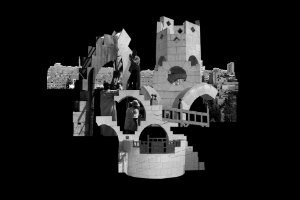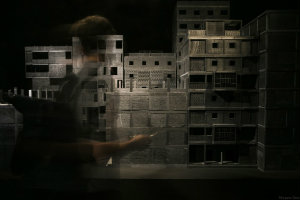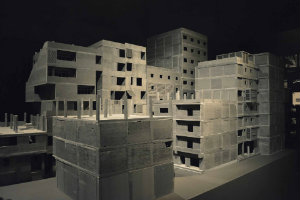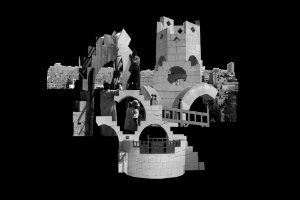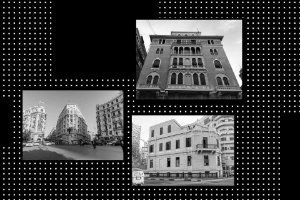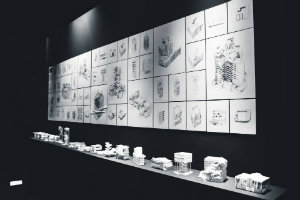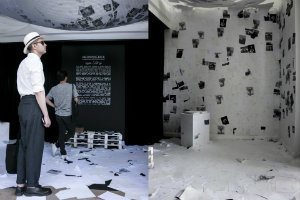The competition for the Egyptian Pavilion’s curation and installation was won by a group of five young people born between 1991 and 1992, three of whom are students from Milan Polytechnic: one Egyptian, in Italy to complete their studies, and two Italians. This in itself is already a positive outcome that is also due to the Arab Spring. Yes, because in 2011 one of the results of the Egyptian uprising was pressure on the Minister for Culture to make the selection process for cultural projects more transparent.
Creating networks with various institutions, to demonstrate their thinking and how this can be the fruit of multiple collaborations, the curators involved the Egyptian Academy at Rome, the National Organisation of Urban Harmony and also the Master of Urban Design at ETH in Zurich, the School of Design at the University of Pennsylvania, Mittelmeerland of the AA School of Architecture, Lund University and MSA Department of Architecture, as well as Egyptian practices and collectives and Traslochi Emotivi, an Italian contemporary art project.
The discourse on Egyptian architecture has been constructed with examples of projects that, based on the actual situation, intervene from the ground up, both in more difficult situations, such as the vast slums in Cairo, as well as for example, in the analysis for reconstructing a correct relationship with the waters of the Nile for areas excluded from agriculture.
